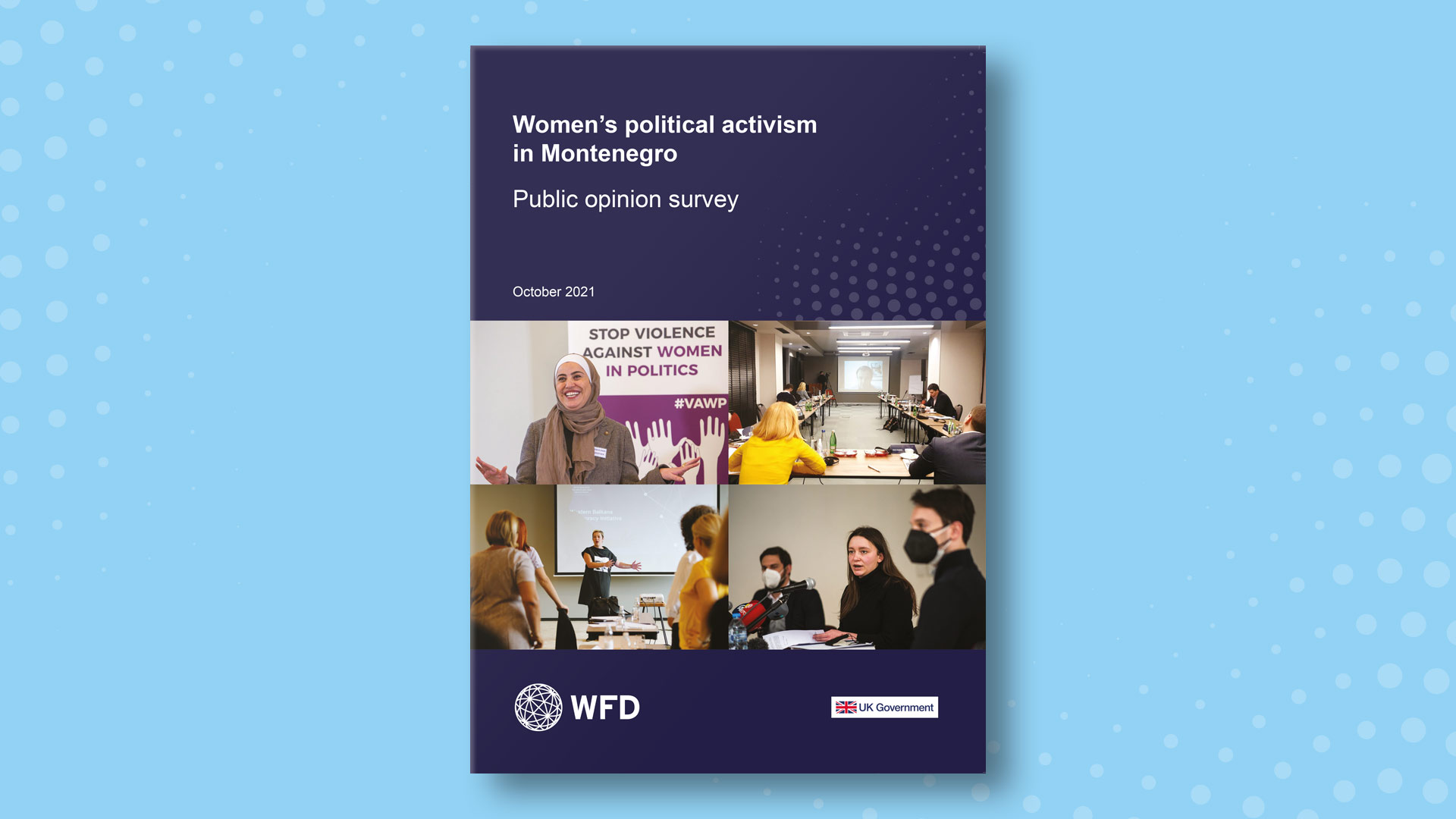Women in Montenegro are represented and active in the education and health system and highly present in the academic and non-governmental sector. However, the same cannot be said about women in politics. This prompted our team to do research on women’s political activism, trying to identify why women often opt for these sectors and not for politics.
An analysis into women’s perception of opportunities for engaging in the political life of Montenegro requires a two-fold approach. This includes finding motivators and demotivators for women’s engagement in political life. In discussing sources of motivation for their potential engagement, we got one of the most discouraging findings: 67.4% of respondents stated there is nothing that could motivate them to get involved in politics.
We also asked the respondents whether and to what extent an increased number of women in decision-making positions would inspire them to get engaged in political activities. 40.1% of respondents said they would find such development motivational. Similar comments were also cited within the qualitative part of the survey. According to interlocutors, women need to have a greater public presence, as this would motivate other, especially young, women and show them that they too have their place in politics.
Women’s activism in the non-governmental (NG) sector was another field of our research. Respondents (42.4%) believed that women are more often active in the NG sector, with numerous reasons cited (i.e. traditional society teaches women they have no place in politics; it is easier to get a job at an NGO; safety, less public exposure). It was pointed out that, within the NG sector, women can act “from behind the curtains” due to less public exposure and a greater sense of safety, as well as more opportunities for action.
Finally, we concluded that the media influence plays a major part for women in politics in Montenegro. A little over one quarter of respondents (28.2%) believed that the media give more negative coverage to female than male politicians. Almost identical percentage of respondents (29.1%) believed that women politicians are more likely to be targeted by condescending web pages than their male colleagues.
In trying to help increase women’s participation and activism in Montenegrin political life, we posed the following question: Which came first, female politicians or female activists?
